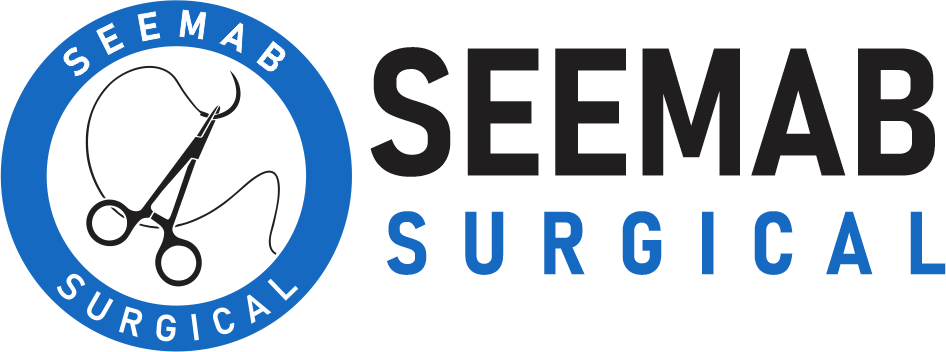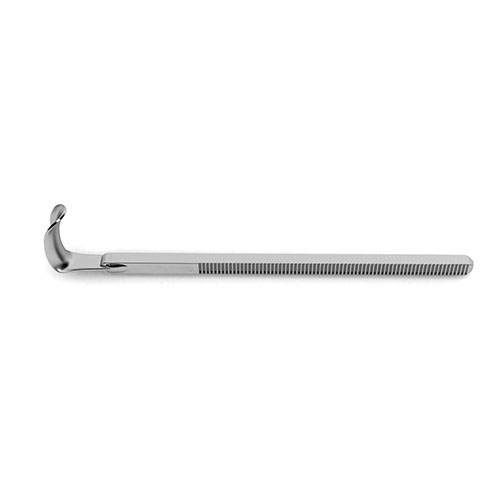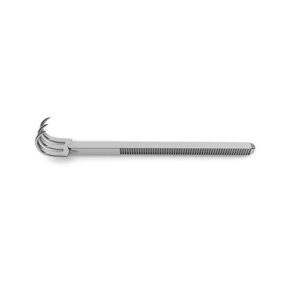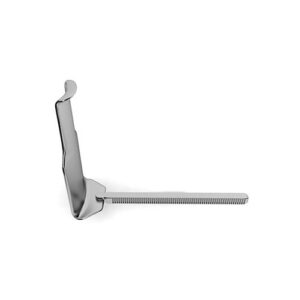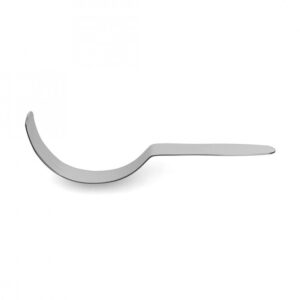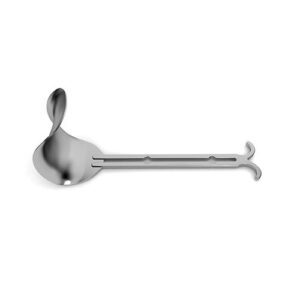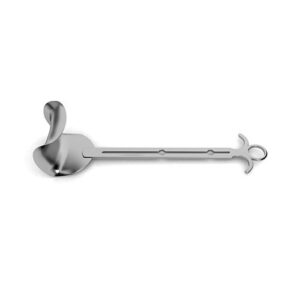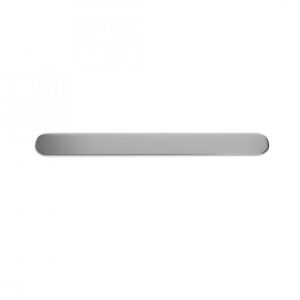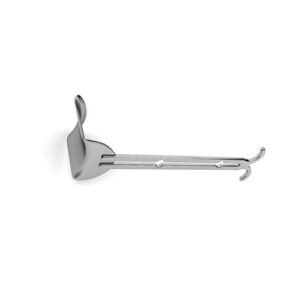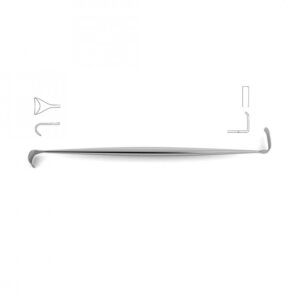| Name | Universal Ring Retractor Richardson Blade |
| Lead Time | 0-10 days |
| Specialty | General Instruments-Hooks & Retractors – Universal Ring Retractor System |
| Material Finish | Stainless Steel |
| Grade | Premium Operating Room |
| Units of Measurement | Set |
| Manufacturer | seemab surgical |
| Sterility | Non-Sterile |
| Usage | Reusable |
Universal Ring Retractor
Universal Ring Retractor
Universal Ring Retractor Richardson Blade is presented in various sizes, as well as a complete set, according to the type of surgery involved and the depth of the incision. This blade has a long, thin, and grooved handle with a pointed blade that is curved at a right-angle. This blade can be attached to a ring retractor system to be used for retracting subcutaneous tissue.
SKU:
VI-01-587
Category: Hooks & Retractors
Description
Shipping & Delivery
Related products
Cottle Tenaculum
Cottle Tenaculum
angled, 6-1/4" (16.0 cm)
Cottle Tenaculum has a long, slim handle with a hook that tapers into an angled point. The primary use of this hook is to grasp or hold tissue away from the surgical site in order to provide the surgeon with greater visibility to the area. This instrument is offered in a 6 ?" length.
Deaver Retractor – Flat Handle
Deaver Retractor - Flat Handle
flat handle, flexible
Deaver Retractor with a flat handle contains a flexible curved blade that is offered in two different widths and lengths depending on the surgical requirements. During general operations, specifically the involvement of the abdominal or chest cavity, this retractor can allow the surgeon to move one side of the incision to access the area that needs attention. If a deeper section needs to be accessed, the longer and wider blade may be more beneficial.
Balfour Standard Center Blade – For Fixed System
For balfour retractor systems w/ fixed side blades
Balfour Supra-Pubic Center Blade is available in different sizes to accommodate different surgical procedures and patients. The blade is curved and has lips around the edges to assist in operations such as a Suprapubic Cystostomy. This center blade may also be detached when used with the Balfour Retractor Systems.
Balfour Supra-Pubic Center Blades
Center Blades
for balfour retractor systems w/ fixed side blade
Balfour Supra-Pubic Center Blades can be useful during procedures such as a Suprapubic cystotomy. When the bladder is retracted, this instrument provides the surgeon with a larger viewing area so that the procedure can be conducted. This blade is presented in two different sizes.
Balfour-Baby Pediatric Abdominal Retractor
Balfour-Baby Pediatric Abdominal Retractor
Balfour-Baby Pediatric Abdominal Retractor has a maximum spread of 3 ?," which is ideal for smaller patients, such as young children. This retractor system also includes fixed fenestrated side blades that help to spread open an incision and allow for adequate inspection of the abdominal cavity.
Davis Brain Spatula
Davis Brain Spatula
malleable, 7" (17.5 cm)
Davis Brain Spatula is 7" in length and comes in a variety of widths to accommodate different cases. This instrument is commonly used in neurology procedures to hold the opening in the brain while operating. The spatula is also malleable, which allows it to bend and fit the size or depth of the operated brain. Following the conclusion of the surgery, a small hammer is used to strike the spatula in order to restore it to its initial shape.
Balfour Wide Center Blade
Balfour Wide Center Blade
for detachable balfour retractor systems
Balfour Wide Center Blade features a wide blade that comes in two different depths depending on the area that needs to be retracted. The basic purpose of this instrument is to keep the edges of an incision separate, such as those in the abdominal area. Furthermore, this center blade is specially designed for the detachable Balfour Retractor Systems.
Cope Retractor
Double-ended, 6.0 mm & 11.0 mm, 7-1/8" (18.0 cm)
Cope Retractor is a double-ended surgical instrument primarily used to pull back skin or organs that may obstruct the operating area. The main features of this retractor are its different shaped blades. For example, one end contains a strongly curved blade with a lip. The other end, however, contains a sharp, right angle blade with a ridge on the tip.
